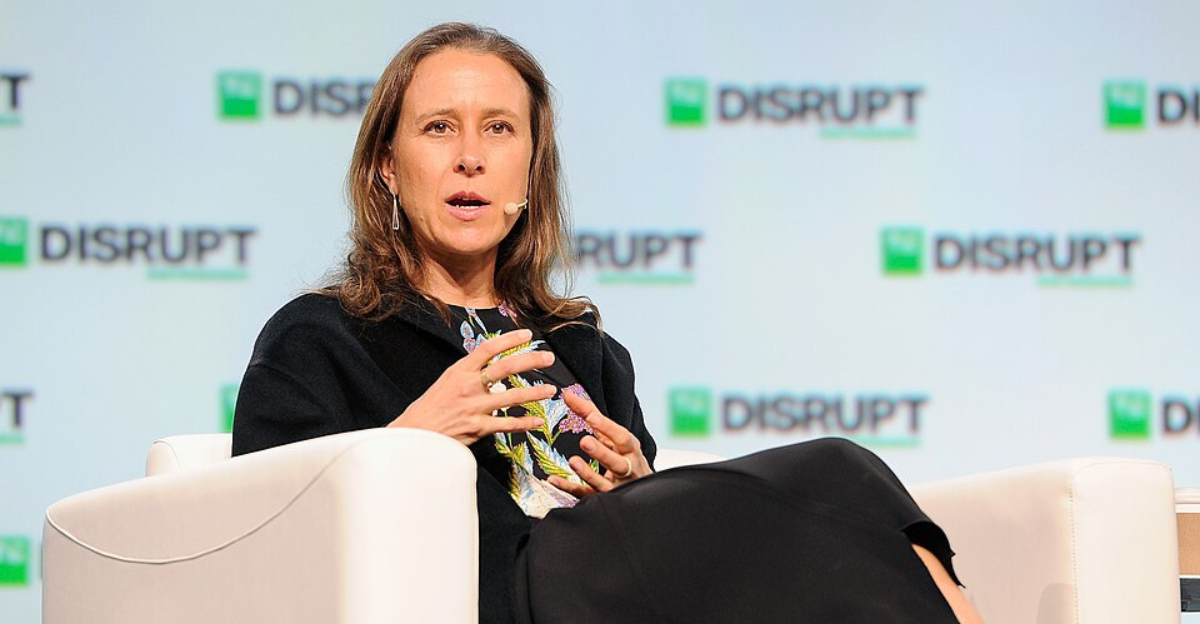
23andMe is an especially unique company, taking DNA samples from customers and, in turn, helping them learn about their family history and personal health. Just like any other business, however, the genetic company was subject to failure. In March 2025, 23andMe declared for Chapter 11 bankruptcy protection and announced that the company would be sold.
The genetics company had frequently been tied to legislation concerning privacy, and its sale was no different. While there have been legal challenges, a judge in St. Louis, Missouri, approved the sale of the company to a non-profit run by one of the company’s founders.
23andMe Was a Cutting Edge Company Upon Its Founding
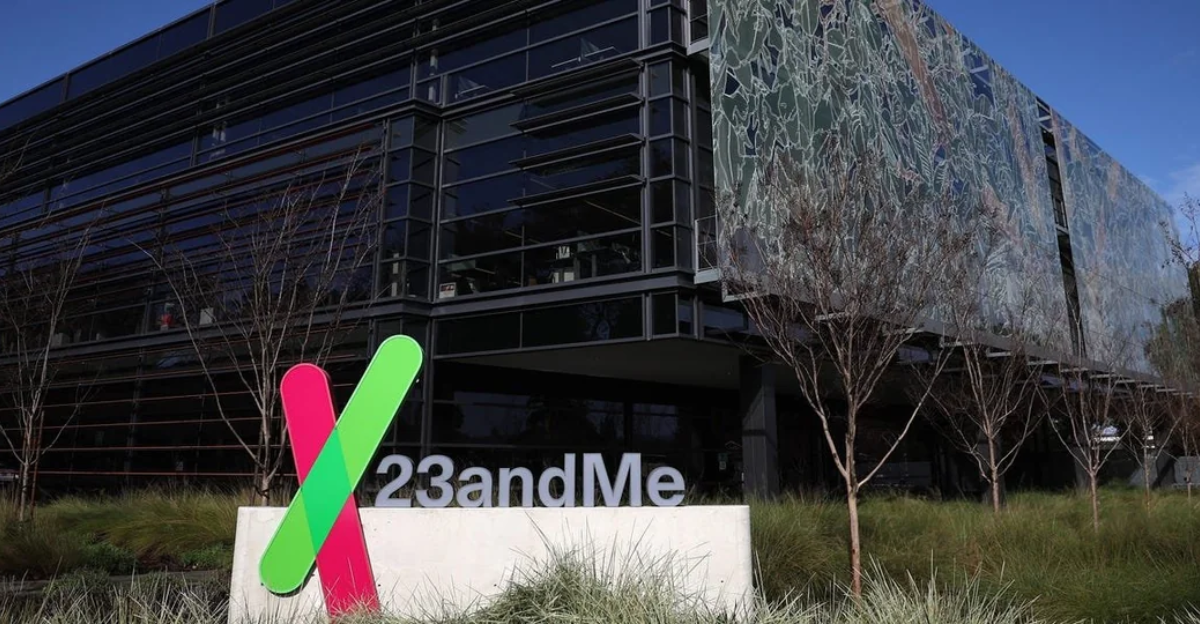
23andMe was founded in 2006; the name is based on the number of pairs of chromosomes in a diploid human cell. The company was helped in its funding state by Google, and one of its founders, Anne Wojcicki, was married to Google founder Sergey Brin at the time. By 2008, Time Magazine had named 23andMe the best invention of the year.
The company was an immediate hit with customers who loved the ease of providing a saliva sample in order to get back a full report from the company. These reports were beneficial in two ways.
The Service Could Clear Up Any Questions People Had About Their Ancestry
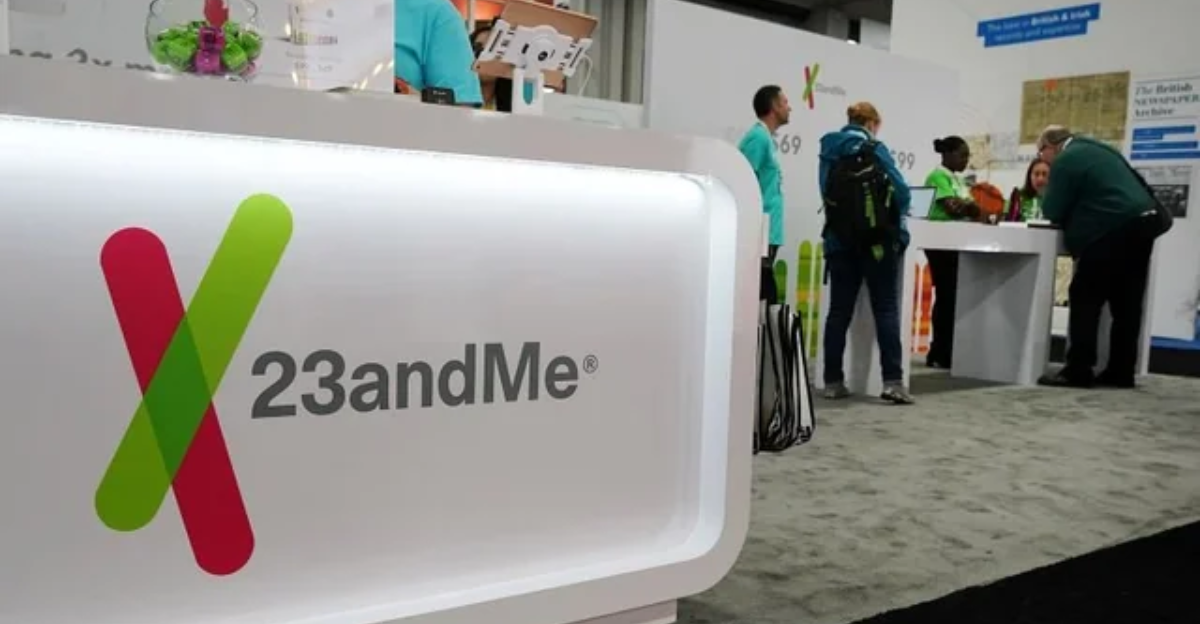
The United States is one of the great genetic melting pots in the world, and many people have various ethnicities in their background. And while they might have some idea of their ethnic makeup, 23andMe allowed them to know for sure.
The service also helped people to dig deeper into their ancestry. People may have known that their family was Russian, for example, but the service could show exactly what region the user’s family was from.
This Genetic Testing Could Also Help Warn People About Potential Diseases to Look Out For
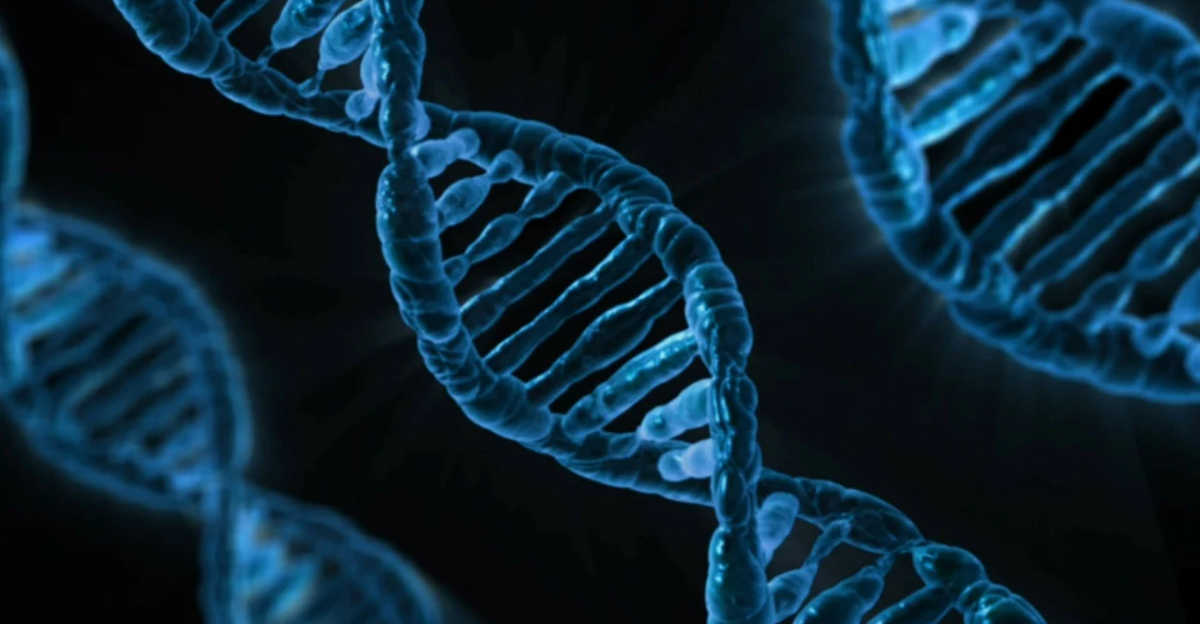
People could also use reports from 23andMe to learn more about their own personal health. Since certain ethnicities could be at higher risk for certain diseases, learning your full ancestry could help with preventative care.
While the company was clear that its product should not be used as a diagnosis, it was able to detect if people were carriers for certain diseases or if they had genetic predispositions. People could then take the information from the report and have a discussion with their doctors.
At One Point, the Product Was Sold as a Loss Leader
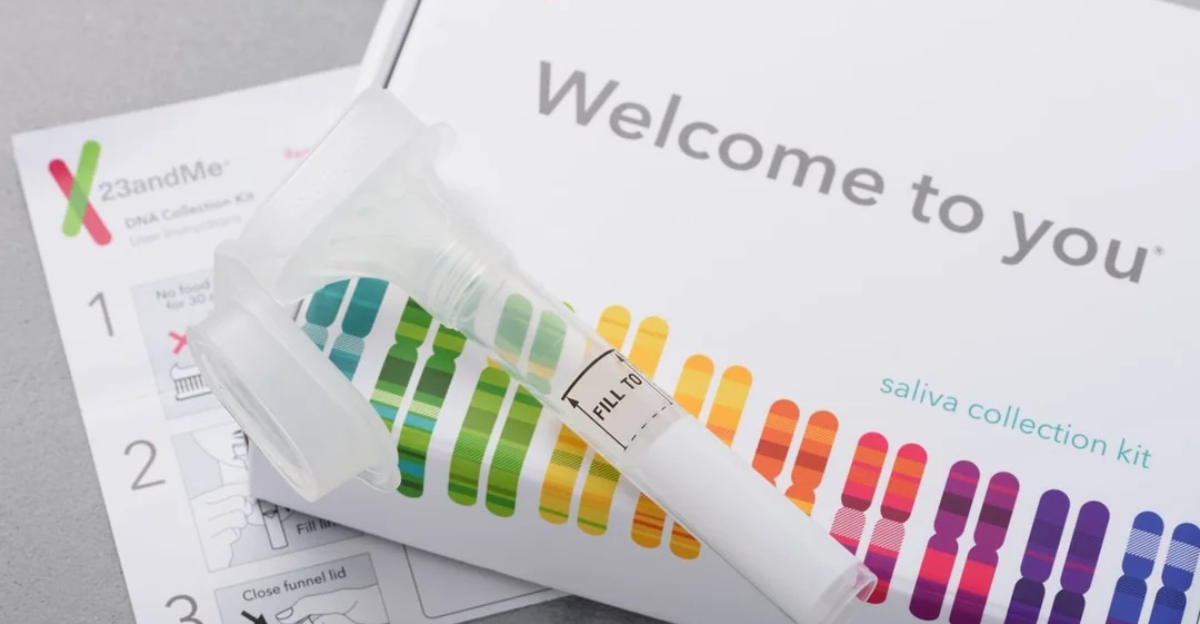
When 23andMe first released its genetic testing product, it was only for the very wealthy. The introductory price was $999. Within a year, that cost had been more than halved and went for $399. By 2012, the company had lowered the price all the way down to $99.
The company did not make money when offering their product at $99. Strategy-wise, the product was being sold as a loss leader as creating a database of genetic information was more valuable to the company than the subscription.
The Data the Company Harvested Was Very Valuable
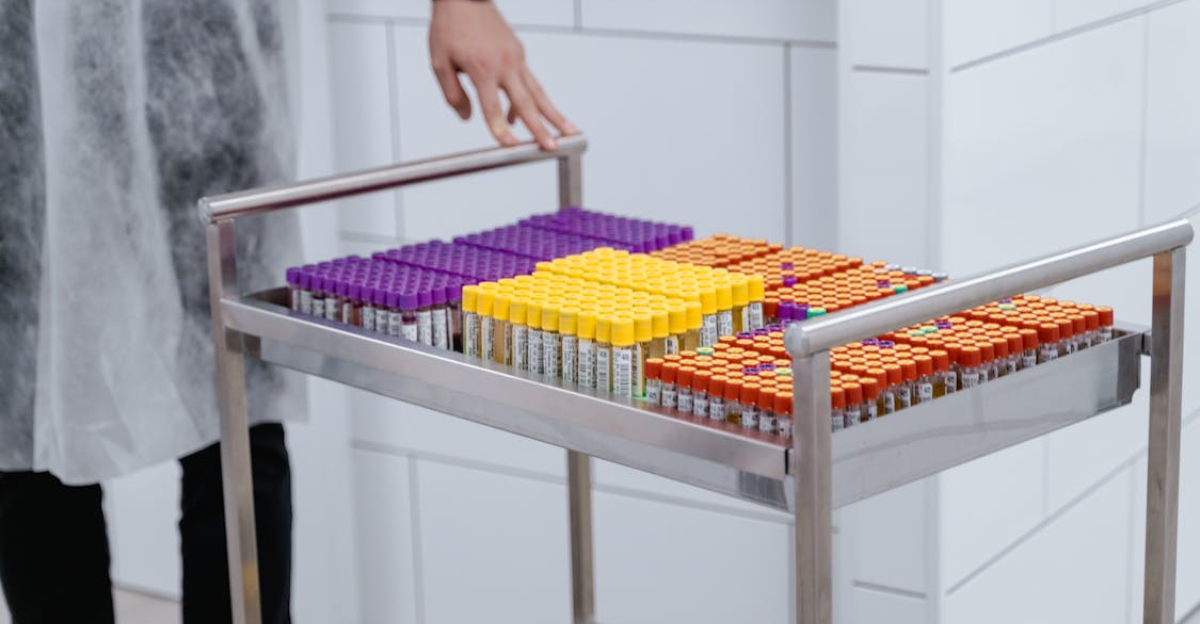
As 23andMe grew as a company, it began to gather medical data for a large portion of people. The vast majority, more than 80% of customers, allowed their genetic data to be used for medical purposes. The value of this information was part of why 23andMe was willing to offer their services for a non-profitable price.
The information from the customers created billions of data sets with all kinds of different variables. The service also had an ethnically diverse set of customers, which was also valuable when conducting medical research. The info from 23andMe could help to create new medications for specific diseases.
Medical Companies Were Interested in the Information Compiled
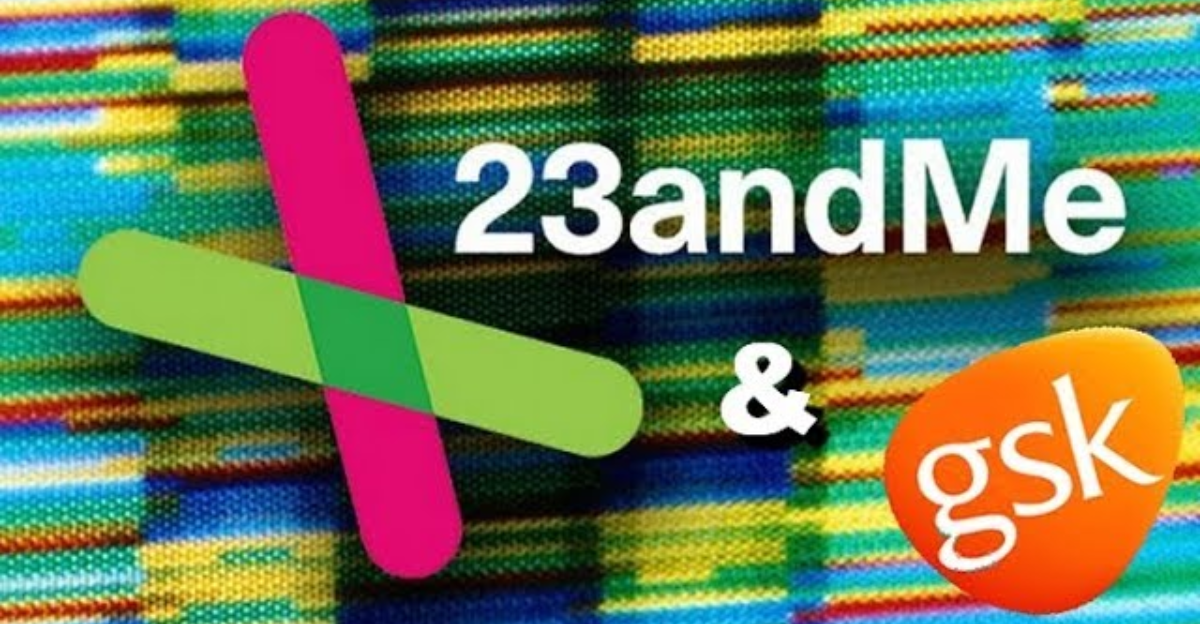
23andMe managed to monetize both the selling of genetic reports as well as the selling of the medical data they had amassed. To do this, 23andMe created partnerships with companies like GlaxoSmithKline, Mirador Therapeutics, and Nightingale Health.
GSK paid 23andMe a fee to access their database, and would then create potential drug targets. In addition, the company had partnerships with Cambridge University and the University of Chicago and worked with non-profit organizations like the Michael J. Fox Foundation.
The Company Had a Data Breach in 2023

As with most companies that handle sensitive personal information, there was always a worry about the possibility of data breaches within 23andMe. Those fears became reality in October 2023 when the personal information of more than 7 million people was stolen by hackers.
These hackers wanted to figure out a way to monetize their stolen goods, targeting people of Chinese descent and Ashkenazi Jews. The Information Commissioner’s Office in the United Kingdom found that the company had not properly protected customer data and fined 23andMe £2.31.
There Was a Compromise As to Where the Company Would Be Sold
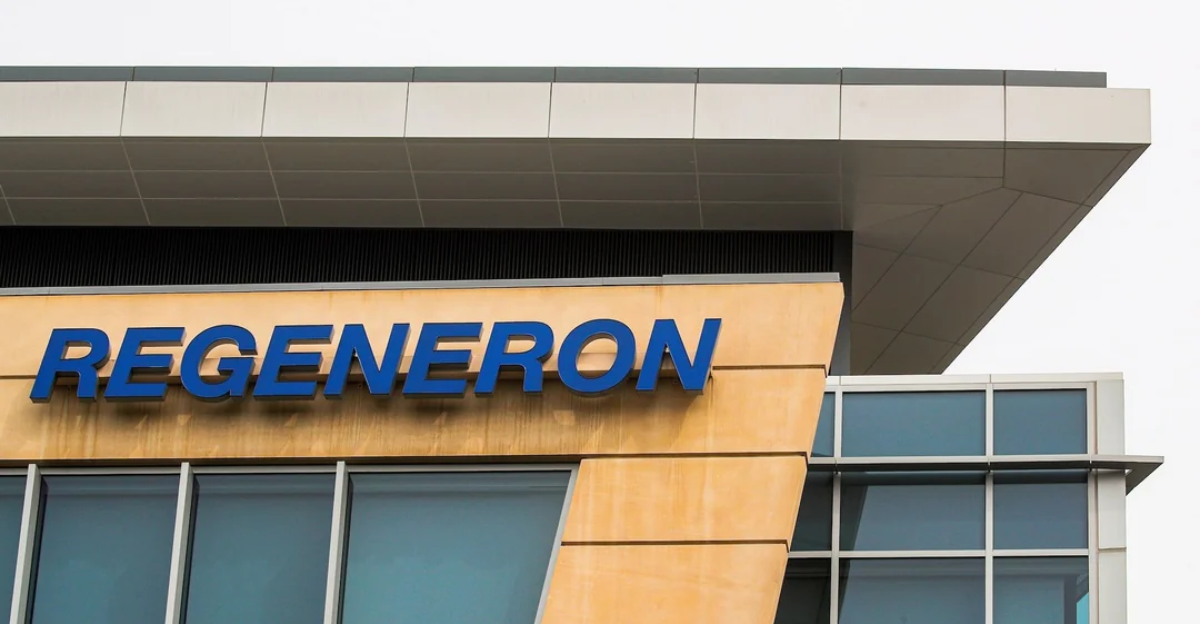
Upon declaring bankruptcy, 23andMe was first expected to be sold to Regeneron, a prominent biotechnology company located in New York. Regeneron, which was set to purchase the company for $265 million, was expected to use the data from the company to develop new drugs. Still, there was some concern about how the information would be used.
In the end, former founder Anne Wojcicki and her TTAM Research Group topped the Regeneron offer and will take control of 23andMe. Regeneron decided not to top the bid, but is expected to continue to work with Wojcicki on using the medical data to create new medications.
Conclusion

Not much is likely to change for customers with the sale of 23andMe kits. The units are still available for sale on the company’s website. And while 23andMe might have been the industry leader, people also have plenty of options when it comes to getting genetic testing in 2025.
It is also important that medical researchers will still have access to the information compiled by the testing company. New medications and therapeutics come from a variety of different places, and having as many options as possible will only be to the benefit of researchers and doctors.